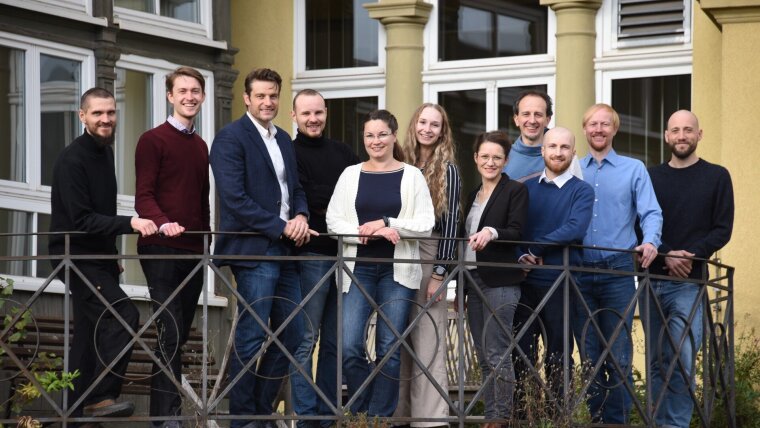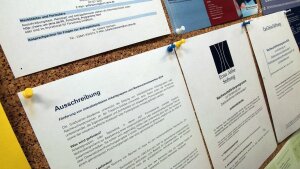
Team der Professur für Psychologische Methodenlehre
Tobias Koch, Univ.-Prof. Dr.

Sekretariat der Professur für Psychologische Methodenlehre
Am Steiger 3, Haus 1
07743 Jena
Google Maps – LageplanExterner Link
Postanschrift:
Friedrich-Schiller-Universität
Institut für Psychologie
Professur für Psychologische Methodenlehre
Postfach
07737 Jena


